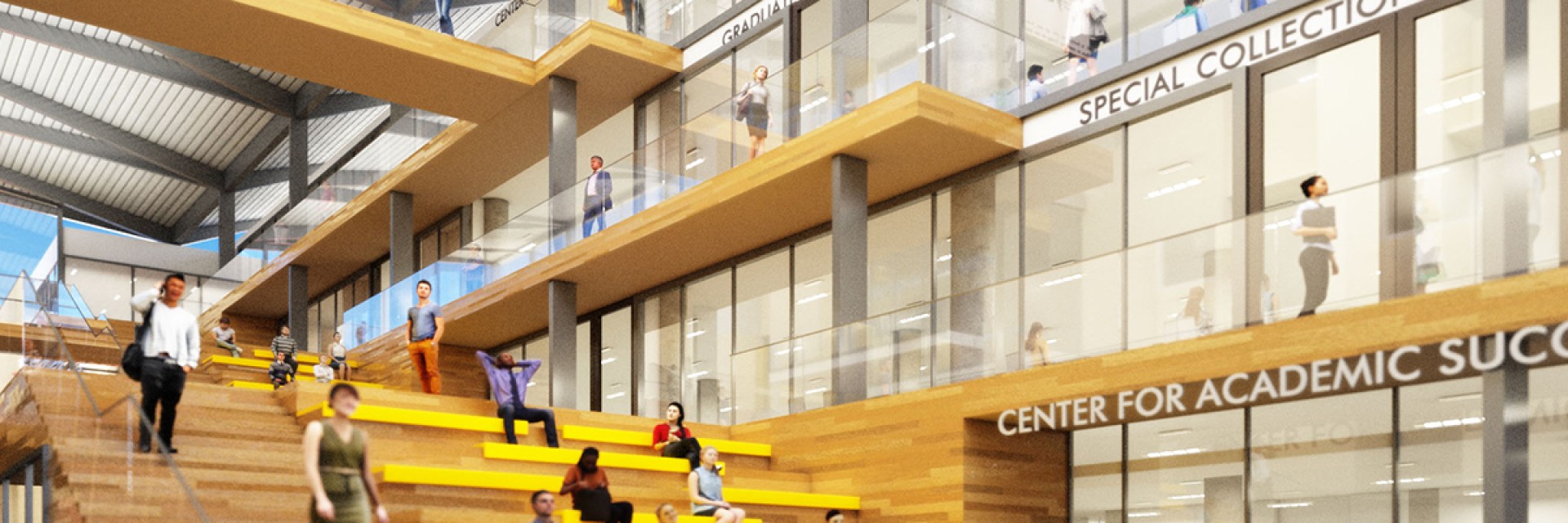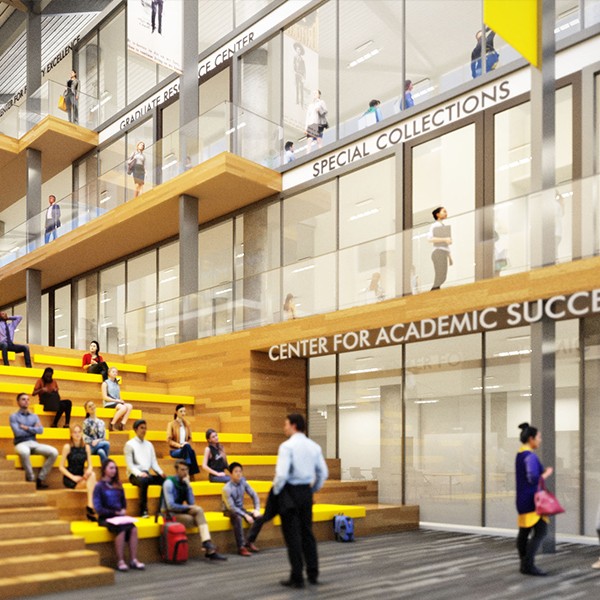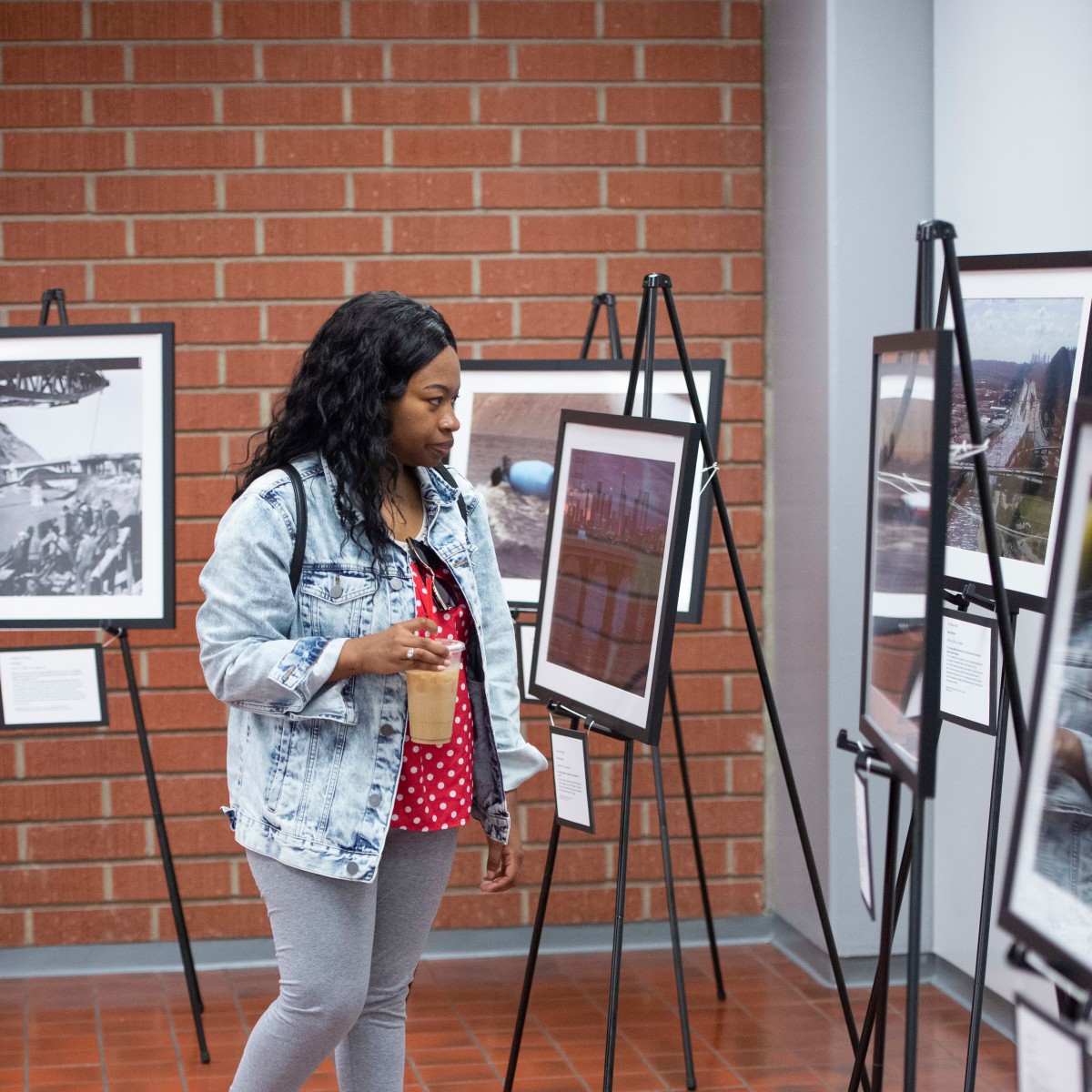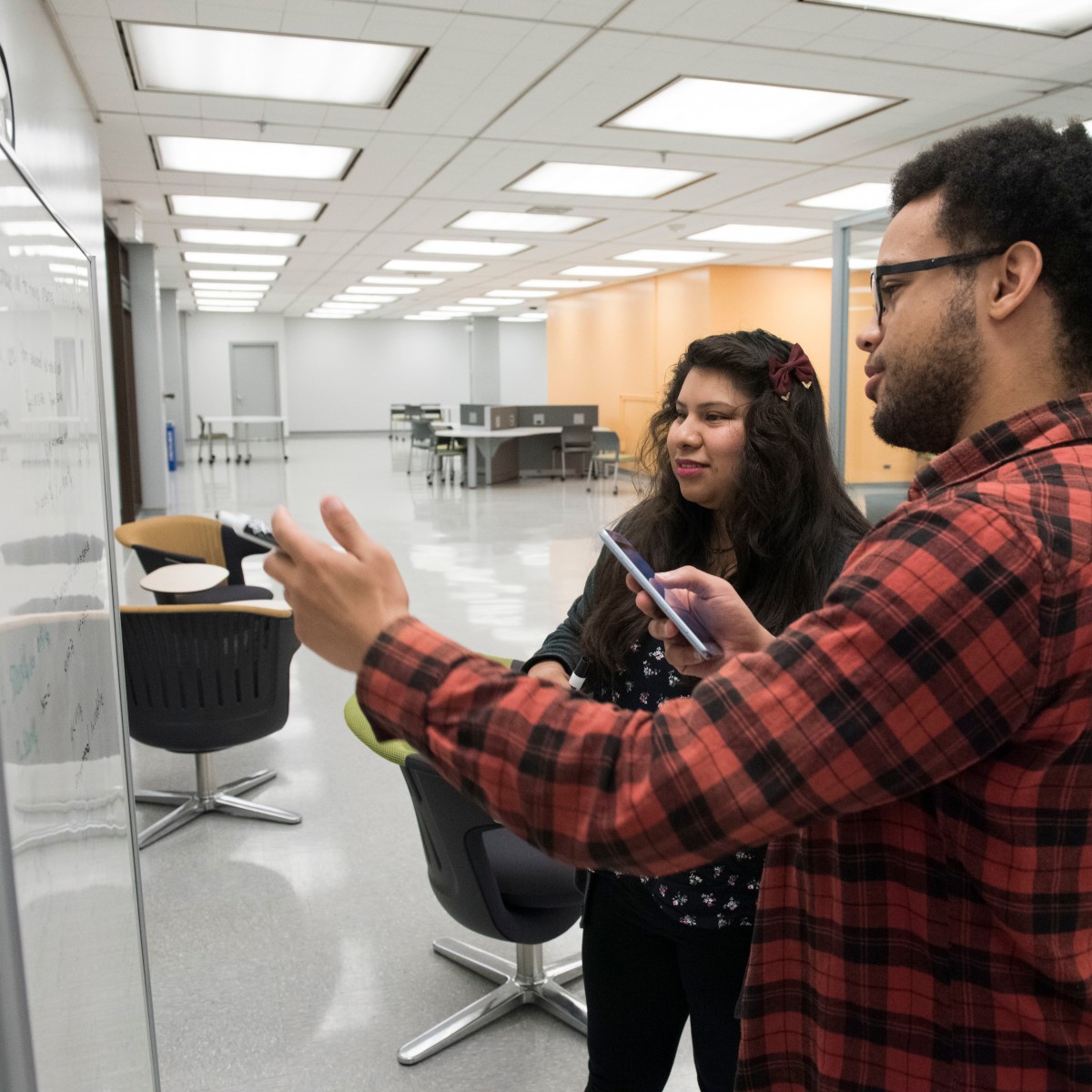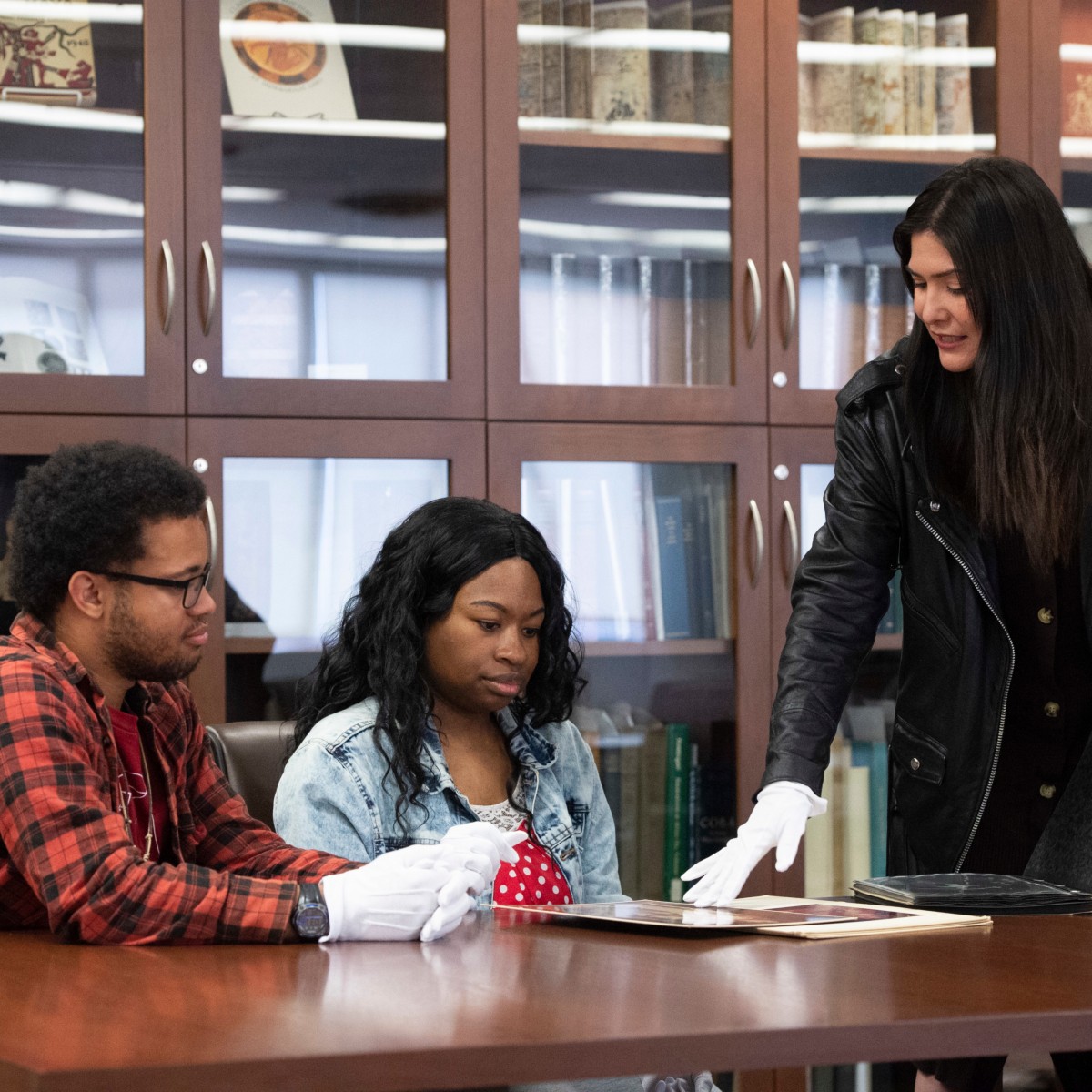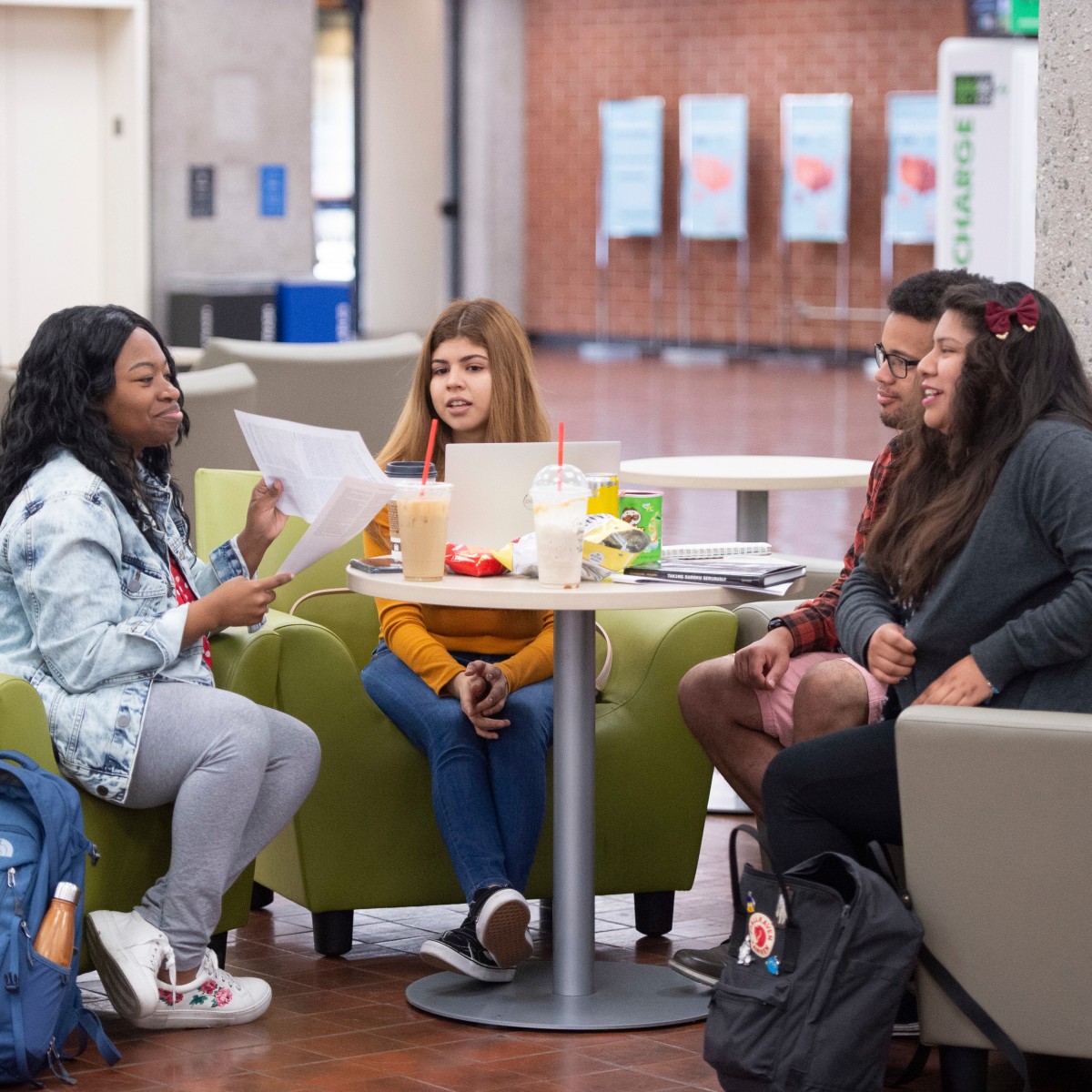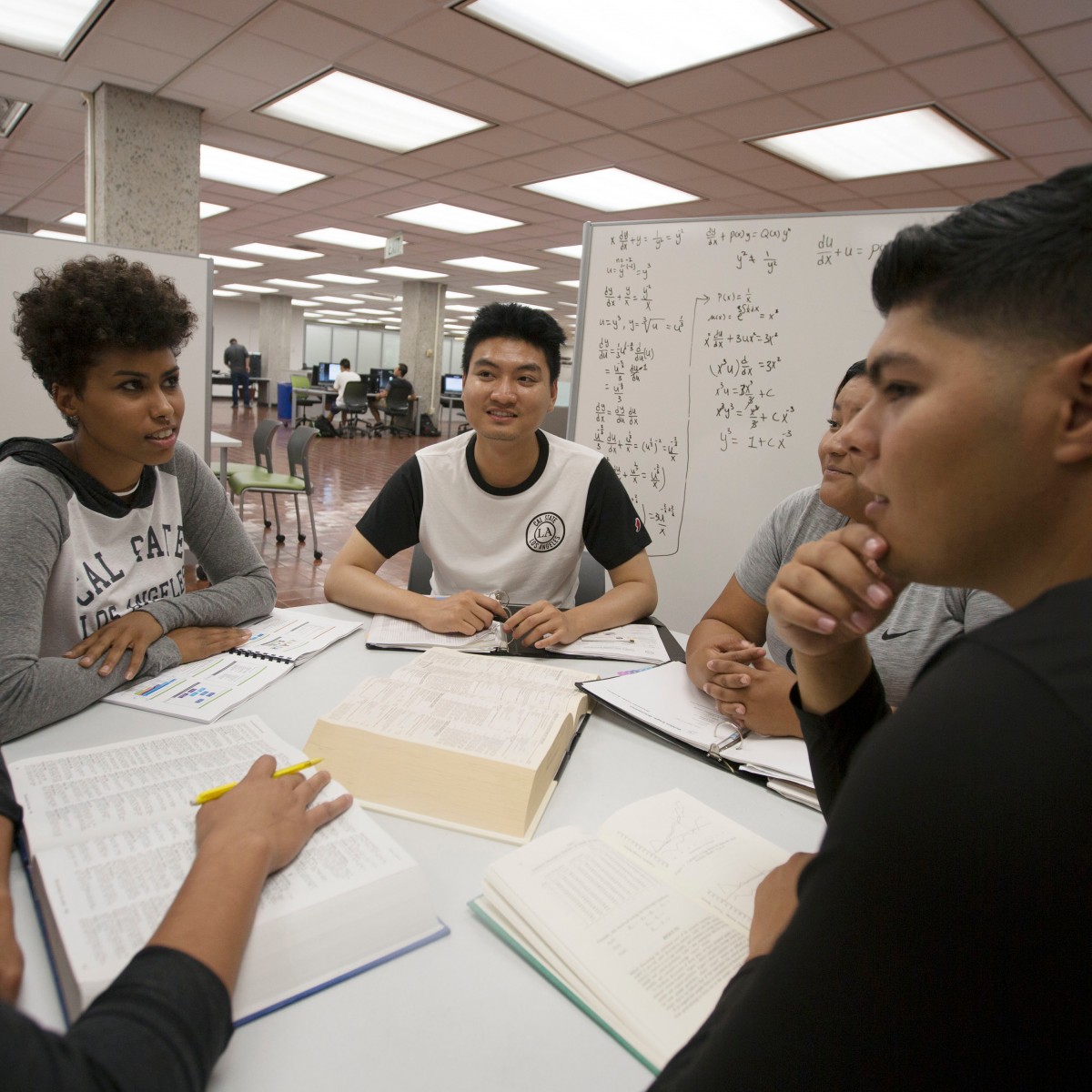
STRATEGIC DIRECTION

Palmer was the primary library building and built in 1958. The 85,000 square foot, four-story, concrete, Post-War building is rectangular in plan, features aluminum ribbon windows, and is clad with brick at the north and south facades and stucco at the east and west facades.
In 1969, the library expanded with the construction of the JFK Memorial Library. It is a nearly 250,000 square-foot, four-story, concrete building constructed as a rectangle on an irregularly shaped plinth and includes two basements. The second and third stories feature alternating 8-foot projected bays of concrete panels. The two buildings are connected by a glazed, three-story pedestrian bridge on Palmer's north facade and Library North's south facade. Generally, the buildings have not had significant alterations, with exception to seismic upgrades to both building s in the 1990s and in Library North's A Level which was renovated due to a 2015 flood.
These four principles provide a framework that will inform our decision-making and guide the future direction of the University Library. These strategic directions do not attempt to convey all of the Library’s activities. Rather, they identify areas of emphasis between 2018 and 2021 that will allow us to build on the Library’s historical strengths, while transforming the Library’s role as the platform for student success and faculty innovation, a hub for strategic partnerships, and a responsive and dynamic organization that adapts to changing user needs and expectations.
